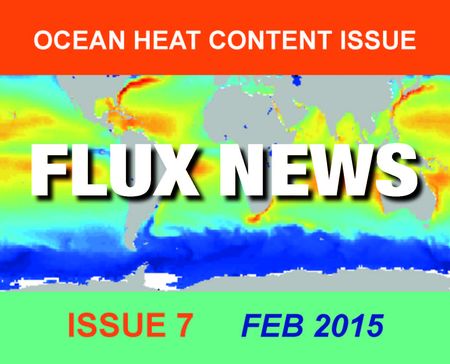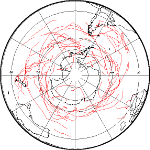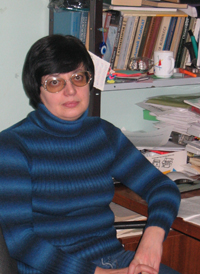 |
P.P.SHIRSHOV INSTITUTE OF OCEANOLOGYSea Atmosphere Interaction And Climate Laboratory | |||||||
|
|
|
in the agenda
SAIL/IORAS together with as many as 12 other groups around the world started a project focused on the development of comprehensive intercomparison and validation of numerical schemes for tracking cyclones. Better climate observation and prediction can
only be achieved if we minimize the uncertainties of
the global energy balance and increase the accuracy
of the estimation of variability of air-sea fluxes on
all time scales. During 20+ days from 12 April 2007 to 5 May 2007 German research icebreaker Polarstern with chief scientist Andreas Macke and our team member Alexey Sinitsyn onboard measured radiation at sea surface under the MORE (Meridional Oceanic Radiation Experiment). This is the 6th in the series of MORE cruises. DRAKKAR community has compiled the pilot hindcast of the World Ocean circulation in eddy-permitting resolution using DRAKKAR hierarchy of OGCMs based on the NEMO system. In April 2007 we started the regional climate downscaling project, targeted at sea level and ocean wind wave extremes for Singapore - one of the Asian hi-tech and financial capitals. This small 24-months project is funded by the Tropical Marine Science Institute of the National University of Singapore |
||||||
| © 2024 | ||||||||

 Атлас
Атлас Southern Hemisphere
Southern Hemisphere

